My co-leader from Haute Couture For Kids group, Cassandra (thank you Cassandra :) ), gave me a link of video recording of CPSC meeting with top leaders from apparel and footwear industry.
The meeting was attended by Nancy Nord, the acting chairman of USCPSC and reps from top industry leaders, including Wal-Mart, JCPenney, The Children’s Place, Coats & Clark, etc.
The meeting discussed the new CPSIA law for children items made for children ages 12 and below. Of course as a lot of you may know already, this new law is so vague and poorly written. From what I heard few weeks ago, they will only exempt unbleached, undyed, untreated natural cotton. So what is that, cotton balls?
From what I gathered from this meeting was that textiles should be exempted from the new law that will go into effect on Feb. 10th, 2009.
These big chains have done numerous costly testing both wet chemistry and XRF testing (I hope I spelled it correctly), which it is in the millions of dollars, for thousands of textile items, and they all found the same results. And the result is that no lead trace found in textiles. These results covered both treated and untreated natural fabrics such as cotton, wools, and silks, and synthetic fibers such as polyesters, nylons, acrylics, etc.
One of the reasons why they can’t find lead trace in textiles is because lead is never used in textile manufacturing, both in the dying process as a mordant and in treatments. Lead is not an effective mordant, it did a poor job in color fasting the textiles. Thus it is never used in the first place.
Prof. Kim Browning from Catawba Valley Community College even did her own experiments by deliberately soaking some textiles in lead solutions, and rinse it only once instead twice just like the industry’s standard. She then tested the textiles and still barely found any lead amount.
While the textiles should be exempted, they think that more components in apparel still should be 3rd party tested for lead. Those components include zipper pulls, plastic buttons, grommets, snaps, screen prints, rhinestones, etc, because the unpredictable and various amount of lead trace were still found.
So what are textiles anyway? According to my encyclopedia here at home, textile has traditionally meant a woven fabric. The term comes from the Latin word texere, meaning to weave. But today, all other types of fabrics are also considered textiles. They include knitted goods, felts, laces, nets, and braids. The textiles industry also refers to the fibers and yarns that are used in the making fabrics as textiles.
So I hope the CPSC will recognize this and exempt textiles because product of textiles is safe. And if they do, it means good news for micro producers, crafters, and designers of custom boutique items, because it is a fact that 70-75% of handmade products in the US is made of fibers.
And for those who want to see the video recording of this meeting, just go here:http://www.cpsc.gov/vnr/asfroot/apparel01222009.asx
The video is over than an hour long, but it very informative and give us a little hope. That way we don't have to wear apparel made out of cotton balls after all, lol.
Subscribe to:
Post Comments (Atom)







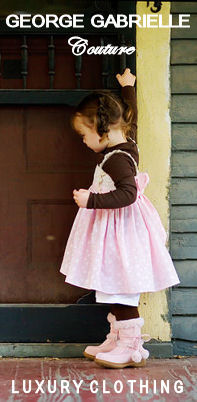
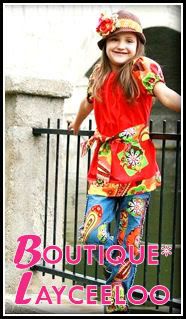
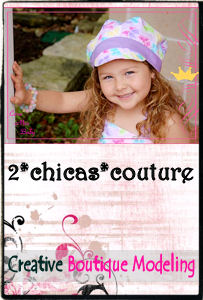
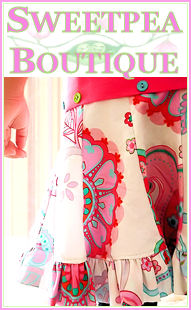
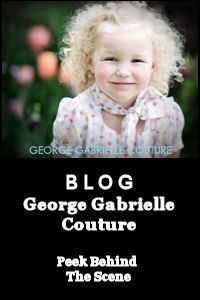



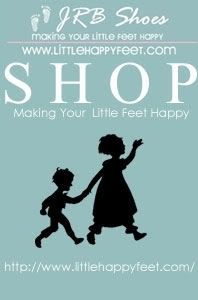



No comments:
Post a Comment